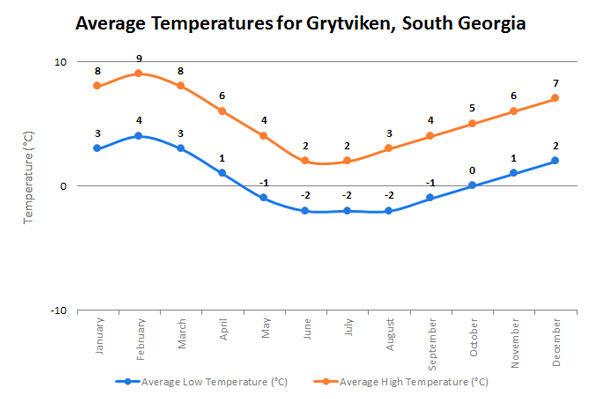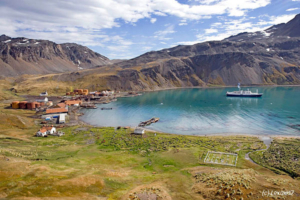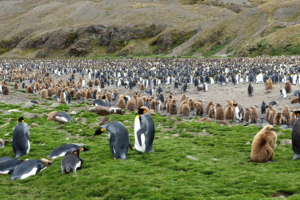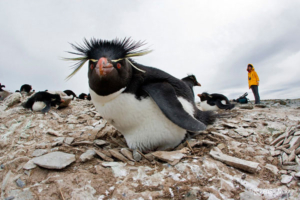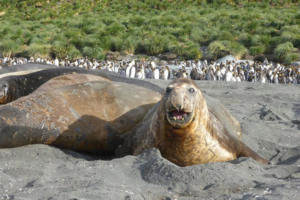South Georgia
South Georgia, which takes its name from King George III, was discovered in 1675 by the British merchant, Anthony de la Roché. The latter, returning from a commercial trip to Chile and going back to Europe, was diverted from his path by a storm.
With the nearby South Sandwich Islands, South Georgia is a British Overseas Territory administered from the Falkland Islands by a representative of the British Crown. Their defence is the responsibility of the United Kingdom. Only Grytviken and Bird Island are permanently inhabited – by twenty to thirty people who are part of scientific missions and the military.
South Georgia is an island of 170 km in length. It is mountainous, with the highest point being Mount Paget at 2,935 metres above sea level, and is covered with glaciers and is rich in fauna.
For those interested in wildlife, South Georgia is a true oasis. Hundreds of thousands of penguins are found in places such as St. Andrew’s Bay and Salisbury Plain. Huge elephant seals bask on sandy beaches at the time of year that this cruise takes place, making it possible to witness spectacular fights for the position of king of a harem.
The island is also home to several other species of penguins, like the macaroni, the gentoo and the chinstrap penguin, as well as fur seals. South Georgia played an important role in Shackleton’s epic adventure. After his Endurance ship sank, he crossed the treacherous ocean in an open lifeboat to reach the islands.



